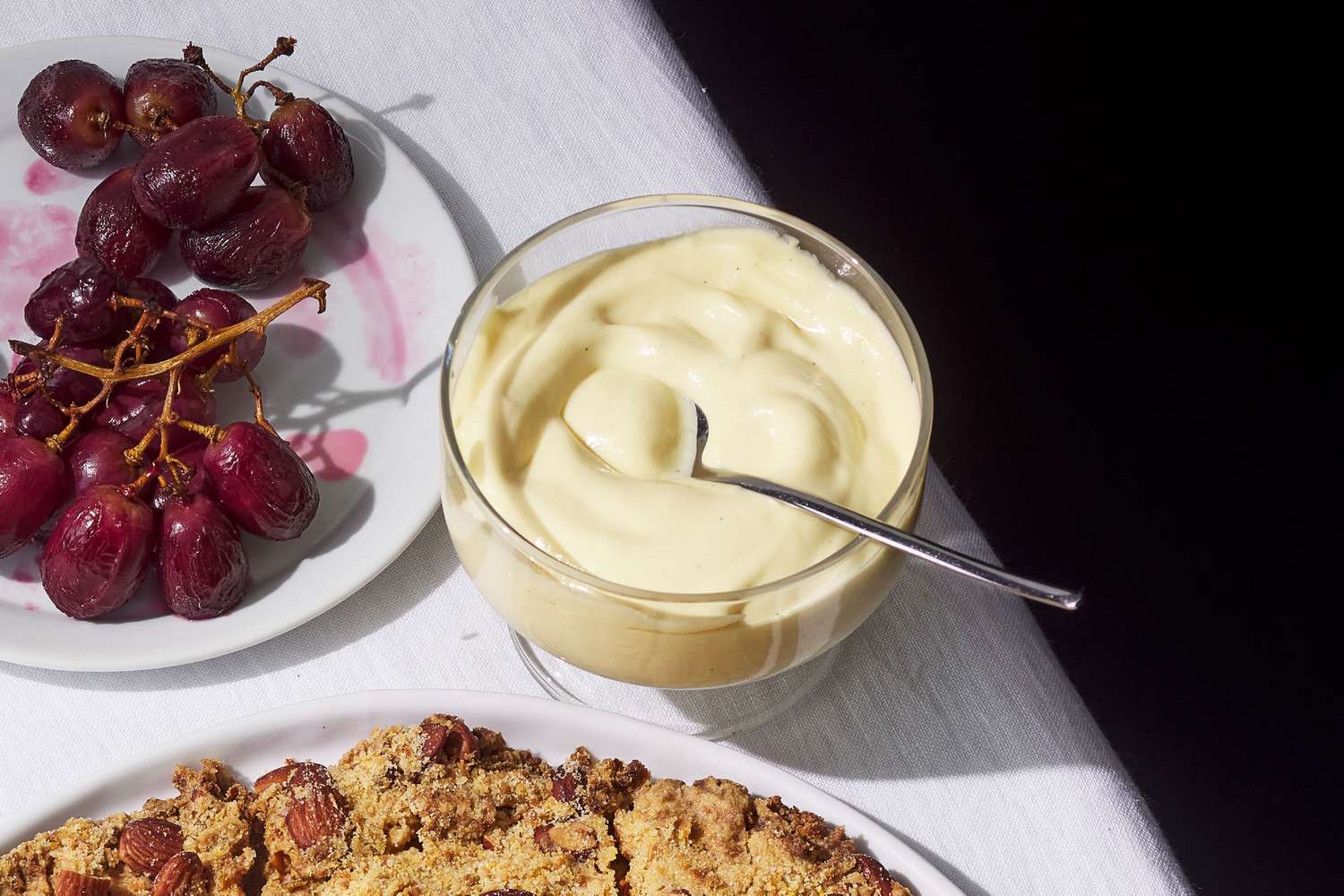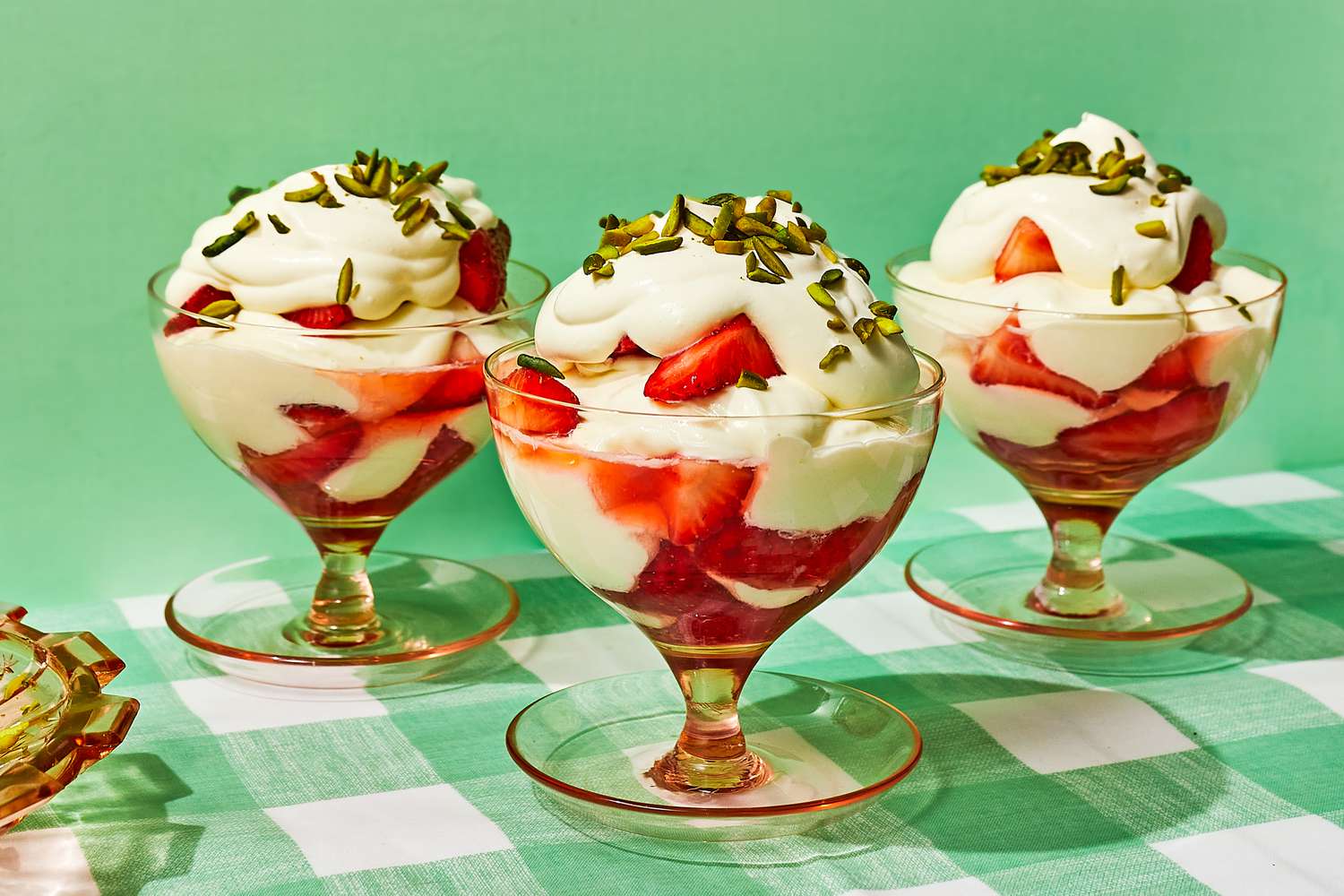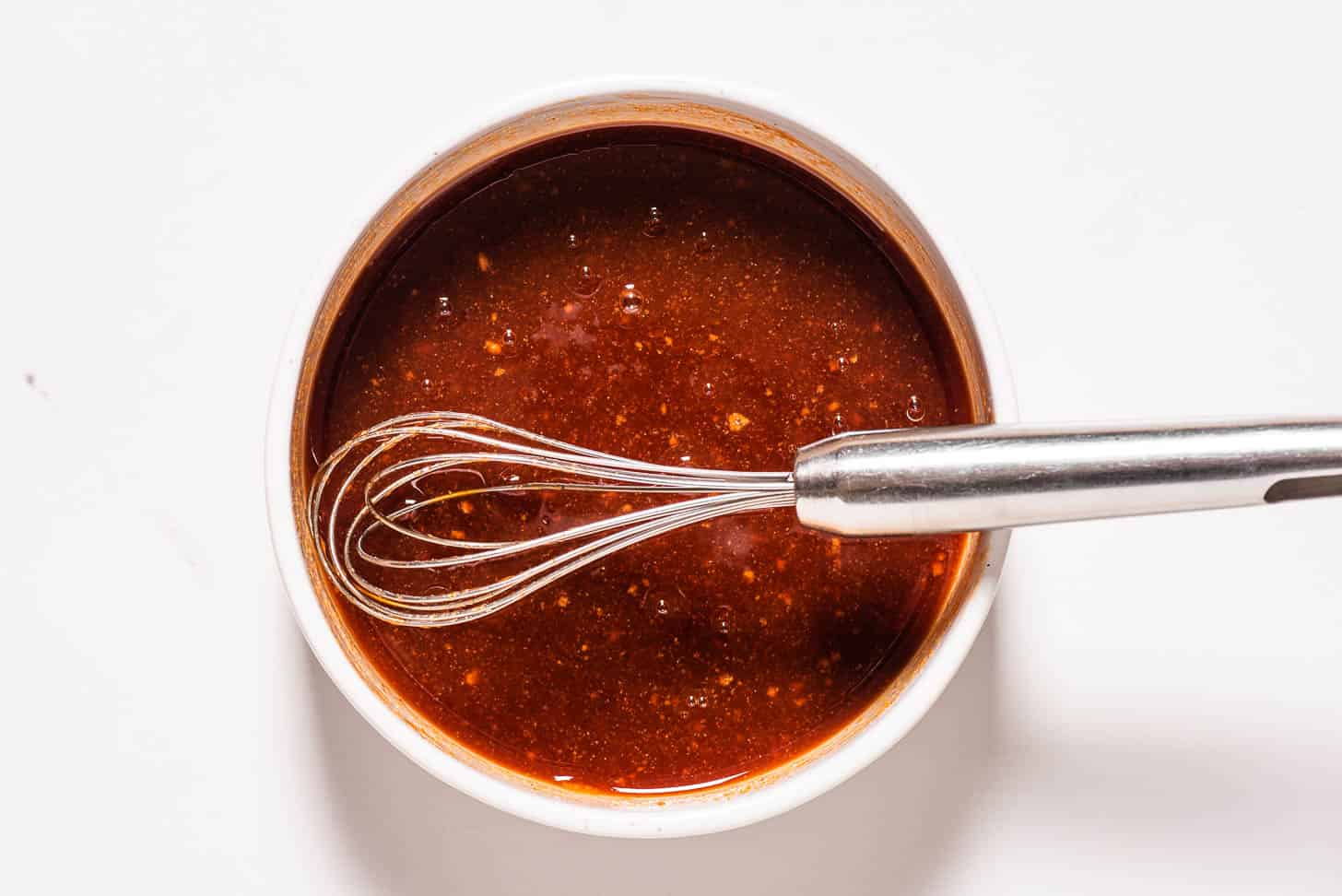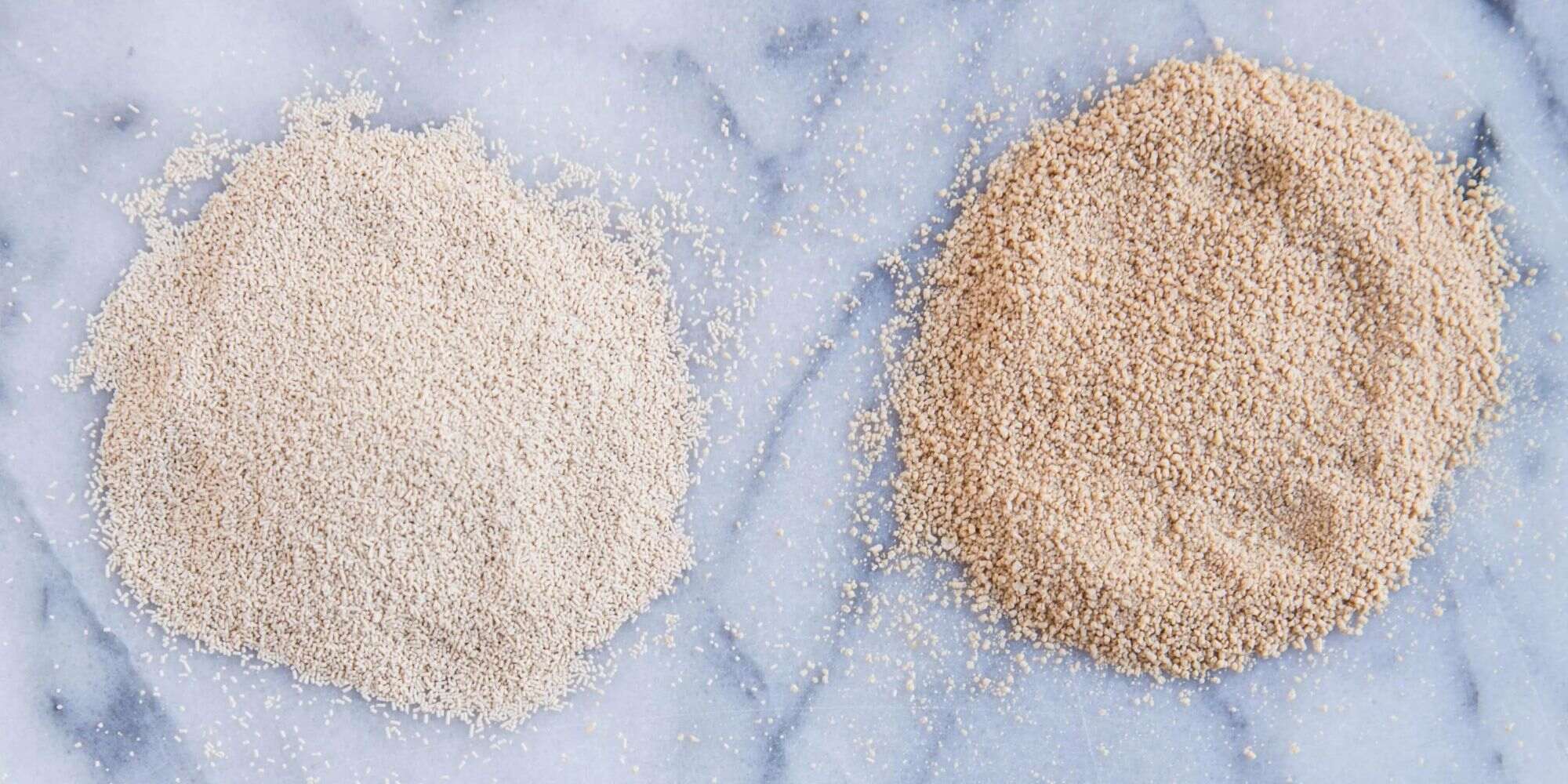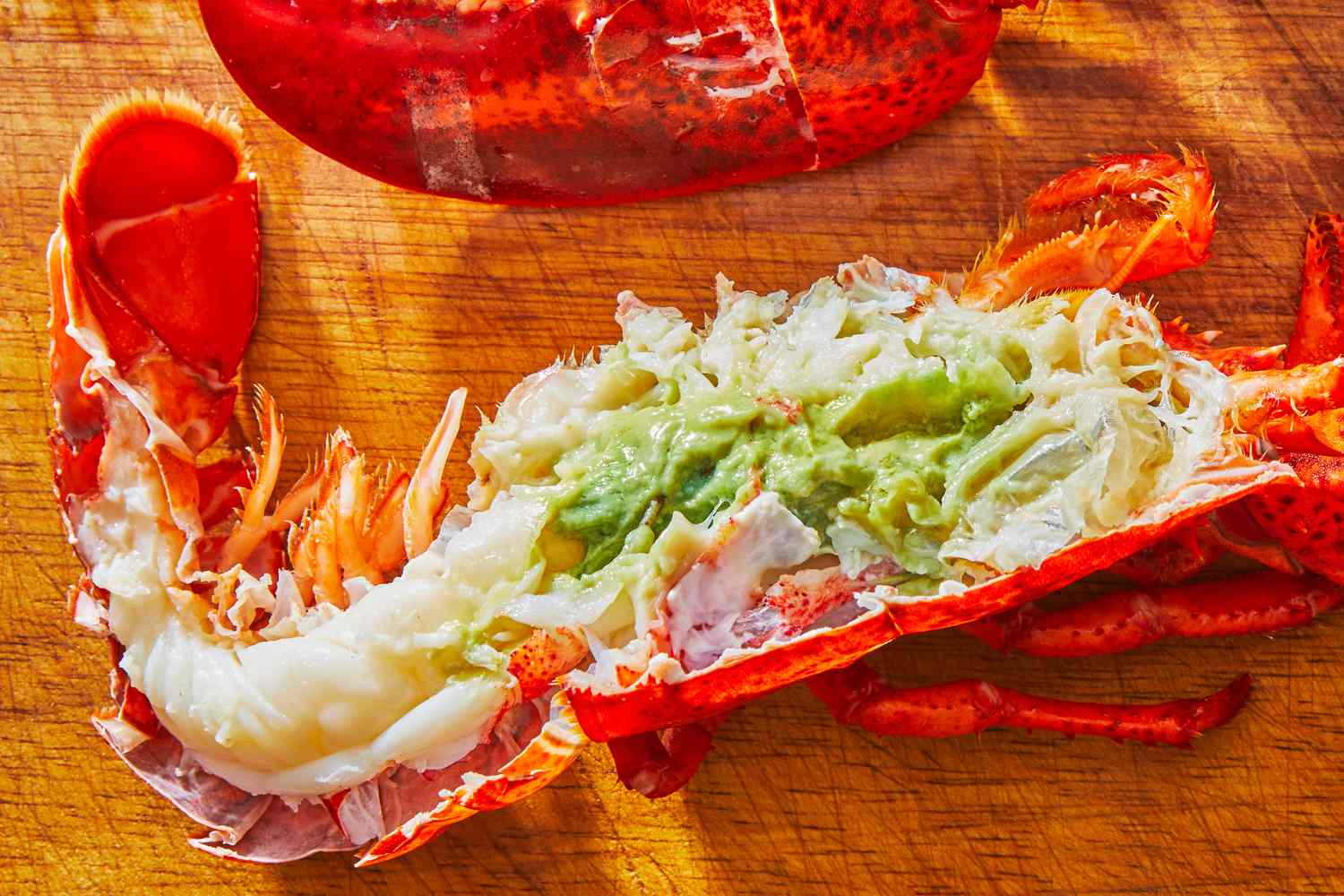Understanding the Differences Between Gelato, Ice Cream, and Custard
When it comes to frozen treats, there are a few popular options that often leave people wondering about the differences between them. Gelato, ice cream, and custard are all delicious frozen desserts, but each has its own unique characteristics that set it apart from the others. Let’s take a closer look at what makes each of these treats special.
Gelato
Gelato is a traditional Italian frozen dessert that has been enjoyed for centuries. It is made with a base of milk, sugar, and flavorings such as fruit purees, nuts, or chocolate. One of the key differences between gelato and ice cream is the amount of air that is incorporated during the churning process. Gelato is churned at a slower speed, which results in a denser and creamier texture. Additionally, gelato typically contains less butterfat than ice cream, making it a lighter option for those looking to indulge without feeling weighed down.
Ice Cream
Ice cream is a beloved frozen dessert that is enjoyed all over the world. It is made with a base of cream, sugar, and often egg yolks for added richness. One of the defining characteristics of ice cream is its higher butterfat content, which contributes to its rich and creamy texture. Unlike gelato, ice cream is churned at a faster speed, incorporating more air and resulting in a lighter and fluffier consistency. Ice cream also comes in a wide variety of flavors and can be enjoyed in cones, cups, or as a topping for other desserts.
Custard
Custard is a smooth and creamy dessert that is made with a base of milk or cream, sugar, and egg yolks. The key difference between custard and both gelato and ice cream is the addition of egg yolks, which give custard its signature richness and velvety texture. Custard is often cooked on the stovetop or baked in the oven to create a thick, pudding-like consistency. It can be enjoyed on its own or used as a filling for tarts, pies, and other baked goods.
Key Differences at a Glance
Here’s a quick summary of the key differences between gelato, ice cream, and custard:
- Gelato:
- Lower butterfat content
- Denser and creamier texture
- Churned at a slower speed
- Ice Cream:
- Higher butterfat content
- Lighter and fluffier texture
- Churned at a faster speed
- Custard:
- Contains egg yolks
- Rich and velvety texture
- Can be cooked or baked
Whether you’re a fan of the rich and creamy texture of gelato, the light and airy consistency of ice cream, or the luxurious richness of custard, there’s no denying that each of these frozen treats has its own unique appeal. The next time you’re craving a sweet and chilly indulgence, consider the differences between gelato, ice cream, and custard to help you choose the perfect frozen dessert for your taste preferences.
Now that you know the differences between these delightful frozen treats, you can make an informed decision the next time you’re faced with the delightful dilemma of choosing between gelato, ice cream, and custard.


